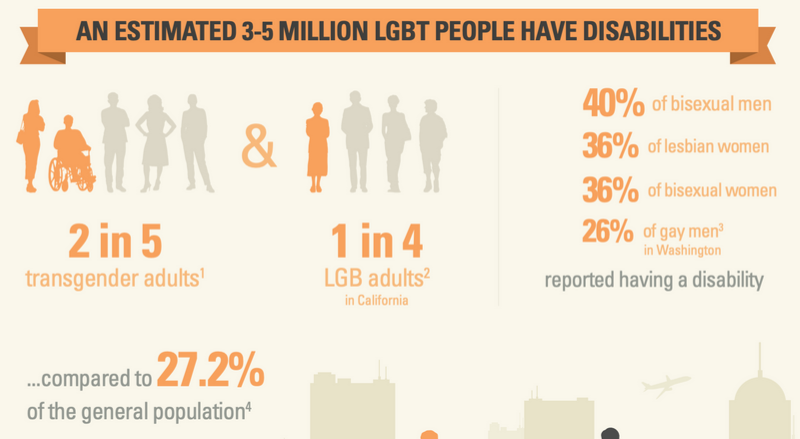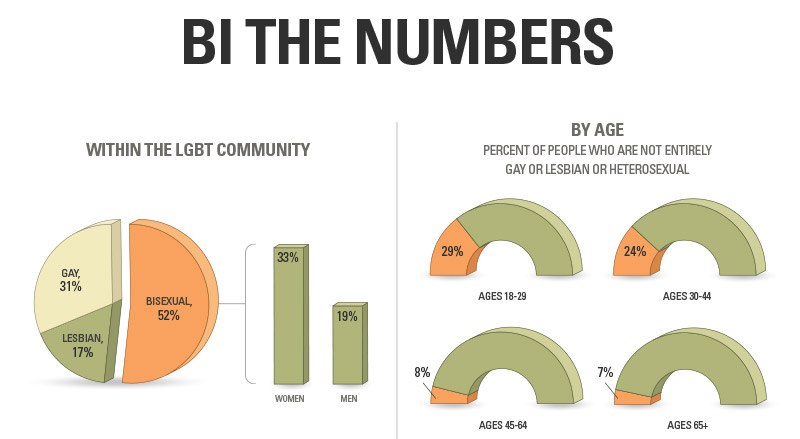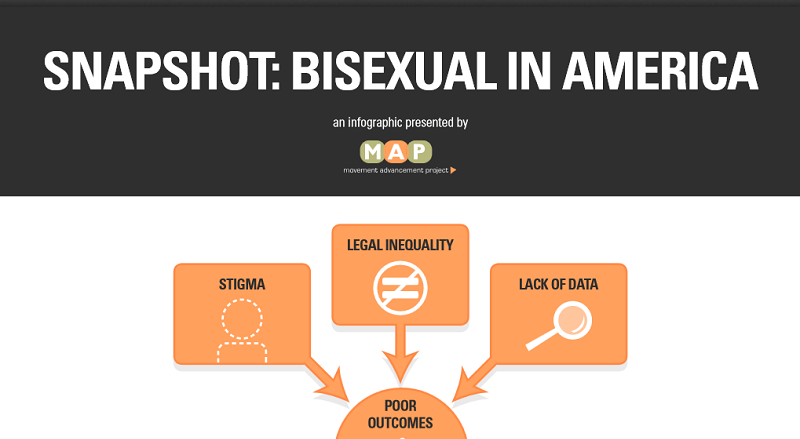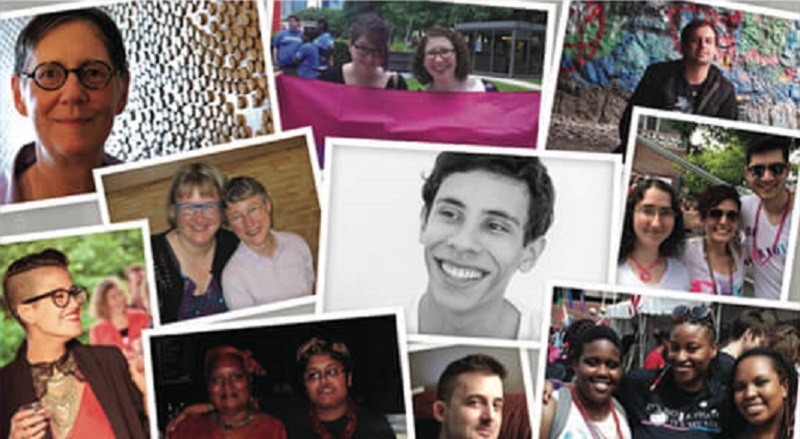Bisexual people live in every state and are ethnically and racially diverse. More women identify as bisexual than men. Bisexual people are parents, teachers, athletes, writers, politicians, musicians, and artists. While bisexual people comprise more than half of the lesbian, gay, and bisexual population, violence, poverty, discrimination, and poor physical and mental health outcomes within the bisexual population—often at rates higher than their lesbian and gay peers—point toward an urgent need to provide services and support for this segment of the community.
The following resources offer an overview into the lives of bisexual people, including an introduction to the issues facing bisexual people.








